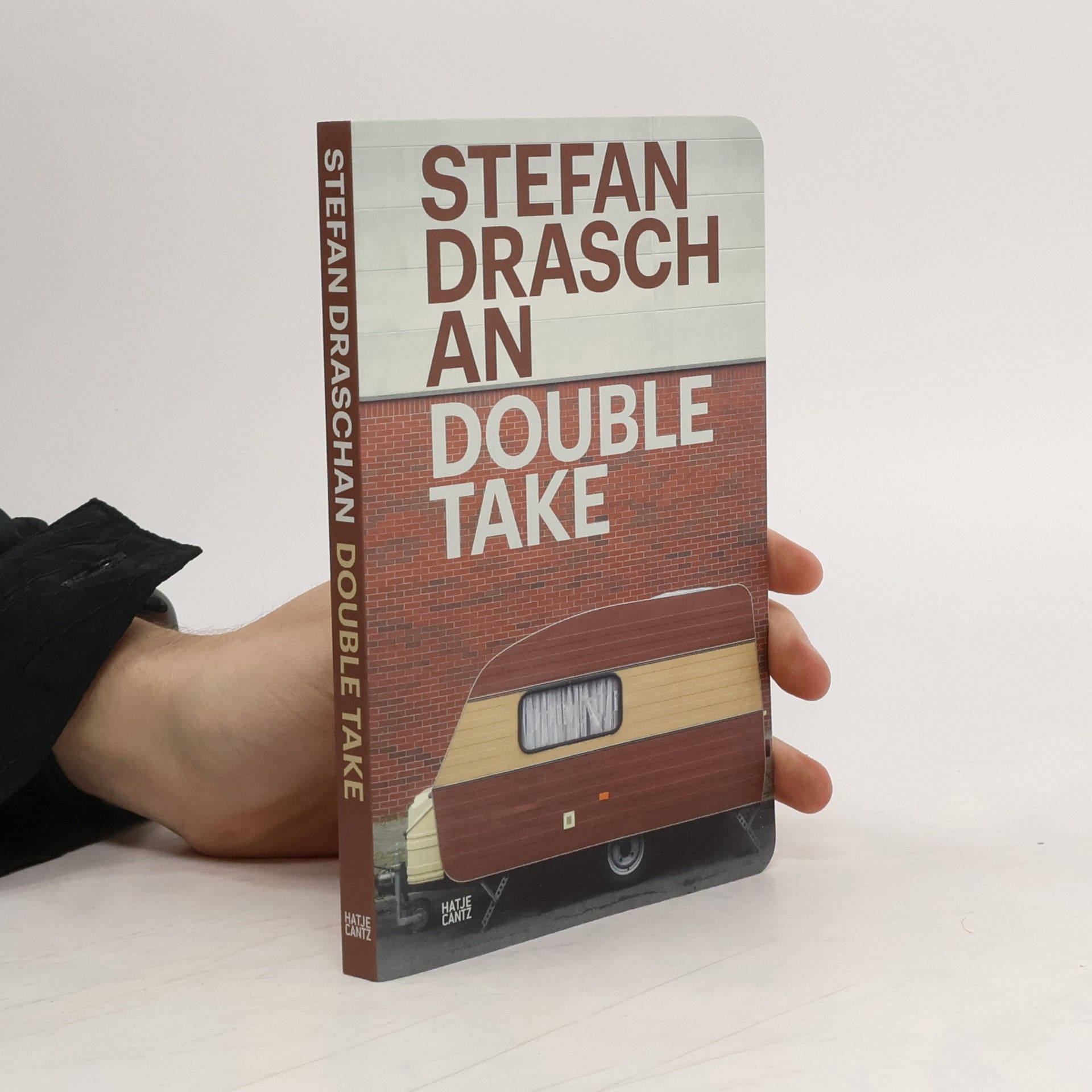Janaina Tschäpe
- 332pagine
- 12 ore di lettura
The book showcases seven years of Tschäpe's artistic journey, featuring impressive poetry paired with dynamic compositions. It is a richly illustrated volume that includes fold-out plates, enhancing the visual experience and providing deeper insight into the artist's work.

